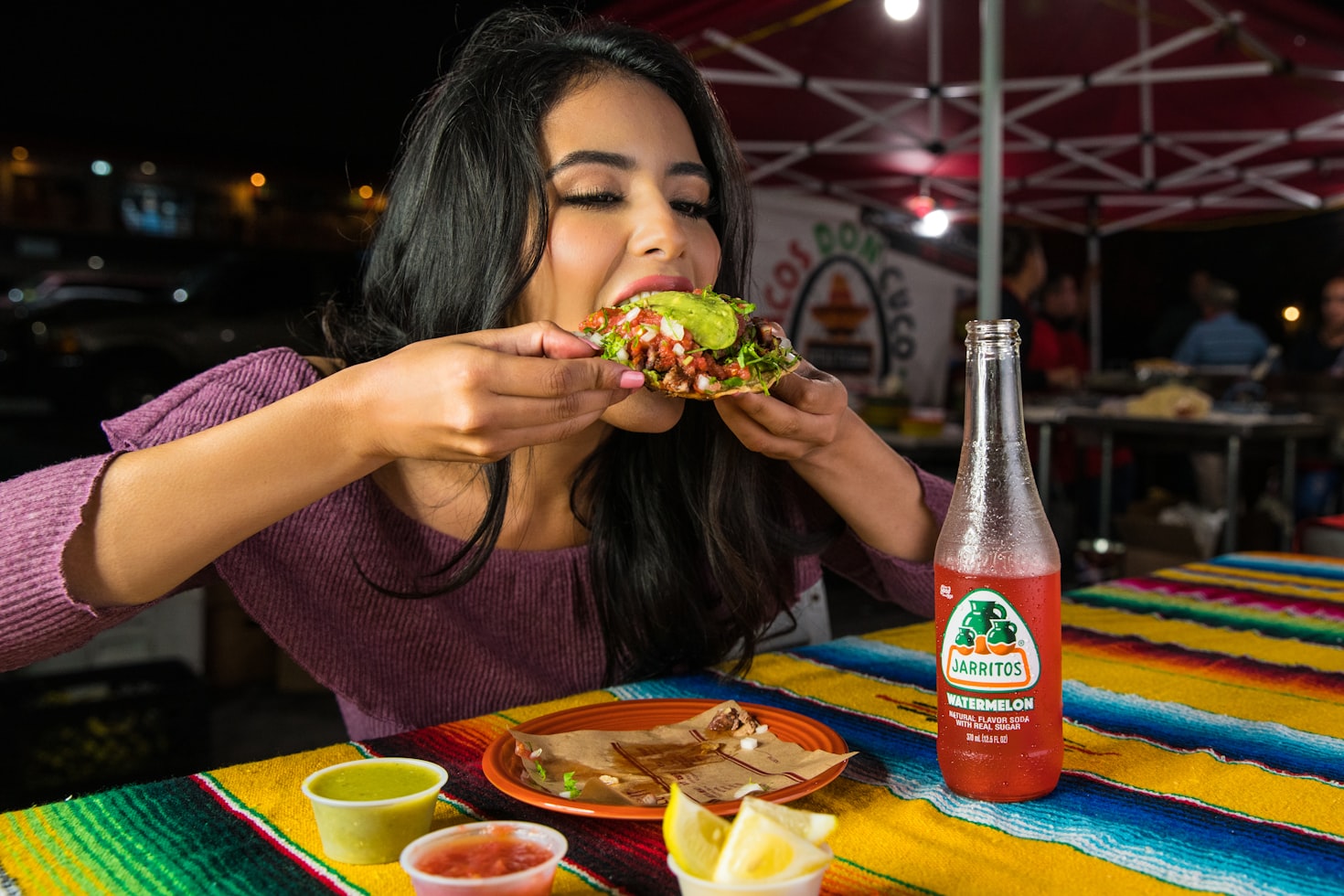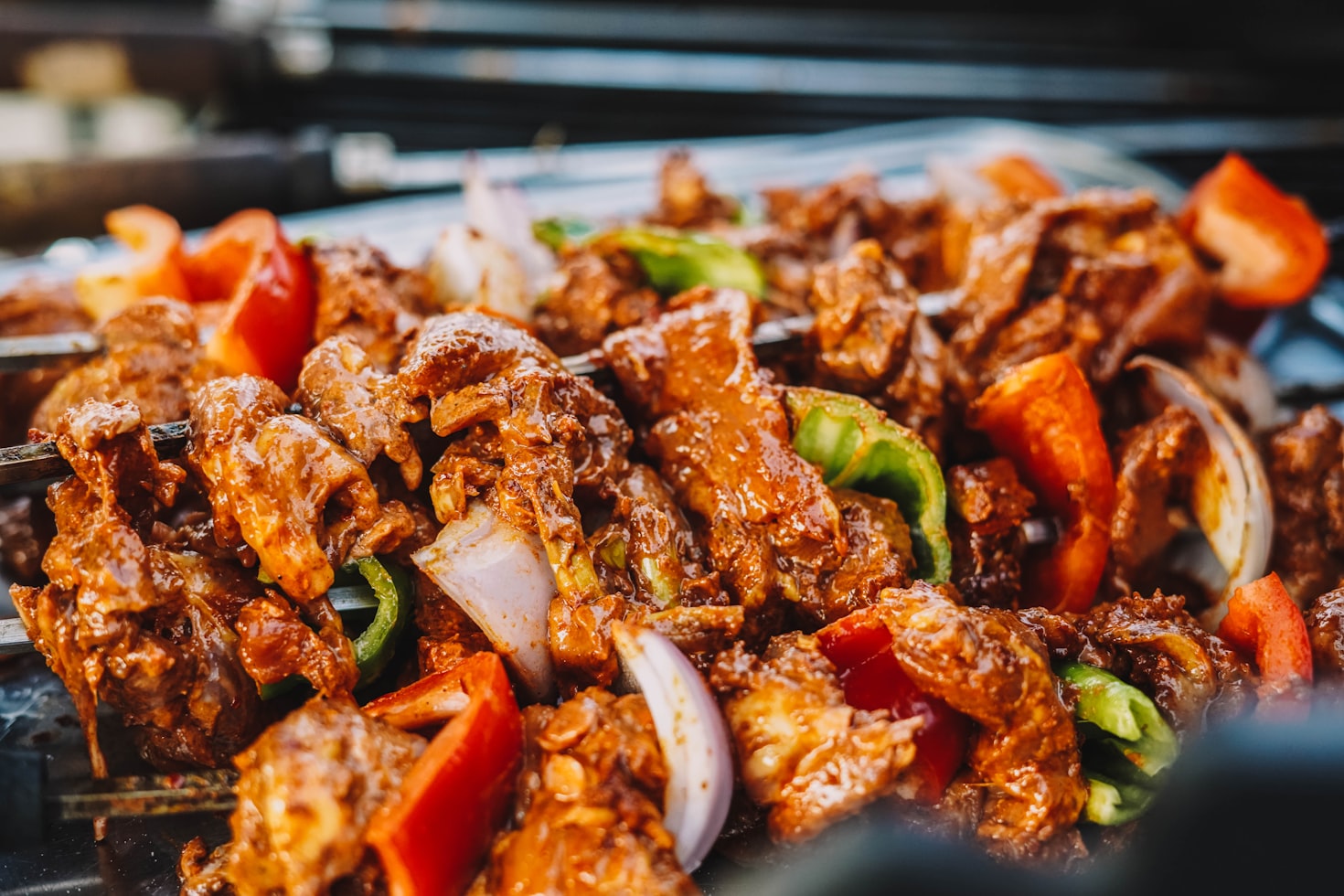How To Get Enough Fat On A Keto Diet
The ketogenic diet, or keto diet, is a low-carb, high-fat diet that has gained popularity for its potential health benefits, including weight loss and improved mental clarity. However, one of the challenges of following a keto diet is ensuring you consume enough fat to maintain ketosis, a metabolic state where your body burns fat for fuel instead of carbohydrates. In this article, we will explore various strategies to help you get enough fat on a keto diet.
Understanding the Keto Diet
Before diving into the specifics of getting enough fat on a keto diet, it’s important to understand the basic principles of this dietary approach. The keto diet typically consists of consuming 70-75% of your daily calories from fat, 20-25% from protein, and only 5-10% from carbohydrates.
Choose Healthy Sources of Fat
When following a keto diet, it’s crucial to prioritize healthy sources of fat to support overall health and well-being. Some excellent sources of healthy fats include:
- Avocados: Avocados are rich in monounsaturated fats, which can help improve heart health.
- Olive oil: Olive oil is a staple in the Mediterranean diet and is packed with antioxidants and healthy fats.
- Coconut oil: Coconut oil contains medium-chain triglycerides (MCTs), which are easily converted into ketones by the liver.
- Nuts and seeds: Almonds, walnuts, chia seeds, and flaxseeds are all great sources of healthy fats.
- Fatty fish: Salmon, mackerel, and sardines are high in omega-3 fatty acids, which have numerous health benefits.
- Grass-fed butter and ghee: These dairy products are rich in conjugated linoleic acid (CLA) and butyrate, which can support gut health.
Include High-Fat Proteins
While the keto diet is primarily focused on consuming high amounts of fat, it’s also important to include adequate protein to support muscle growth and repair. Opt for high-fat protein sources such as:
- Fatty cuts of meat: Choose cuts of meat with higher fat content, such as ribeye steak or chicken thighs with the skin on.
- Full-fat dairy products: Whole milk, cheese, and yogurt can provide both protein and fat.
- Eggs: Eggs are an excellent source of protein and healthy fats, including omega-3 fatty acids.
- Plant-based proteins: If you follow a vegetarian or vegan keto diet, include plant-based protein sources like tofu, tempeh, and seitan.
Use Healthy Cooking Oils
The cooking oils you use can significantly impact the fat content of your meals. Opt for healthy cooking oils that are high in monounsaturated or saturated fats, such as:
- Coconut oil
- Olive oil
- Avocado oil
- Ghee
Avoid using oils high in polyunsaturated fats, such as soybean oil or corn oil, as they can be inflammatory and may disrupt the balance of omega-3 and omega-6 fatty acids in your body.
Incorporate Fat Bombs and Keto Snacks
When you’re struggling to meet your daily fat intake, incorporating fat bombs and keto snacks can be a convenient way to boost your fat consumption. Fat bombs are small, high-fat treats that are typically made with ingredients like coconut oil, nut butter, and cocoa powder. They can be easily prepared in advance and enjoyed as a quick snack or dessert.
Additionally, there are various keto-friendly snacks available in the market, such as cheese crisps, pork rinds, and beef jerky, that can help you increase your fat intake while satisfying your cravings.
FAQs
1. Can I consume too much fat on a keto diet?
While the keto diet is high in fat, it’s important to consume it in moderation. Consuming excessive amounts of fat can lead to weight gain and may increase your risk of certain health issues. It’s crucial to focus on healthy sources of fat and maintain a balanced diet.
2. Can I follow a keto diet if I have dietary restrictions?
Yes, it is possible to follow a keto diet even if you have dietary restrictions. There are various alternatives available for common high-carb foods, such as cauliflower rice instead of regular rice or zucchini noodles instead of pasta. Additionally, there are many resources and recipes available online that cater to specific dietary needs.
3. How can I track my fat intake on a keto diet?
Tracking your macronutrient intake, including fat, can be helpful when following a keto diet. There are several mobile apps and websites that allow you to log your meals and track your macronutrient intake. These tools can provide valuable insights into your fat consumption and help you make adjustments if needed.
4. Can I consume too much protein on a keto diet?
While protein is an essential macronutrient, consuming excessive amounts of protein on a keto diet can potentially hinder ketosis. When protein intake is too high, the body can convert excess protein into glucose through a process called gluconeogenesis, which may disrupt ketosis. It’s important to strike a balance between fat and protein intake on a keto diet.
5. Can I follow a keto diet if I have a medical condition?
If you have a medical condition, it’s important to consult with your healthcare provider before starting any new diet, including the keto diet. Certain medical conditions, such as pancreatitis or liver disease, may require modifications to the macronutrient ratios or close monitoring by a healthcare professional.
6. Are there any potential side effects of a keto diet?
While the keto diet is generally considered safe for most people, it can cause some side effects, especially during the initial transition phase. These side effects, often referred to as the “keto flu,” may include fatigue, headache, nausea, and constipation. Staying hydrated, consuming enough electrolytes, and gradually transitioning into the diet can help minimize these side effects.
Summary
Getting enough fat on a keto diet is essential to maintain ketosis and reap the potential benefits of this dietary approach. By choosing healthy sources of fat, incorporating high-fat proteins, using healthy cooking oils, and incorporating fat bombs and keto snacks, you can ensure you meet your daily fat requirements. Remember to track your macronutrient intake and consult






